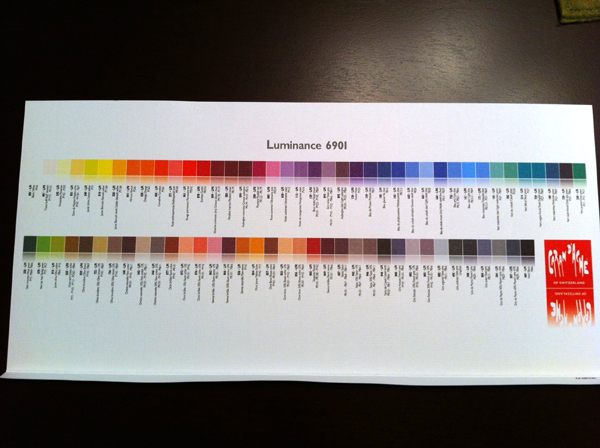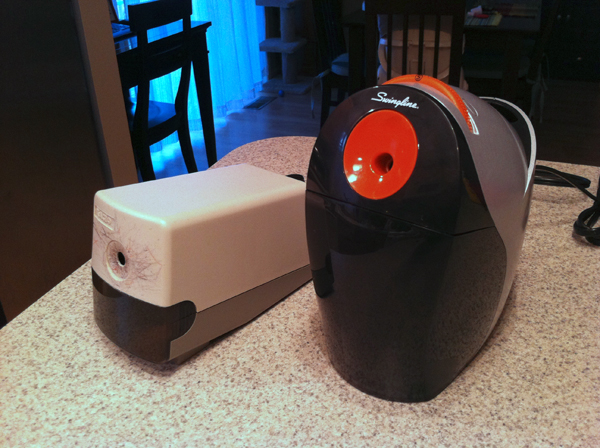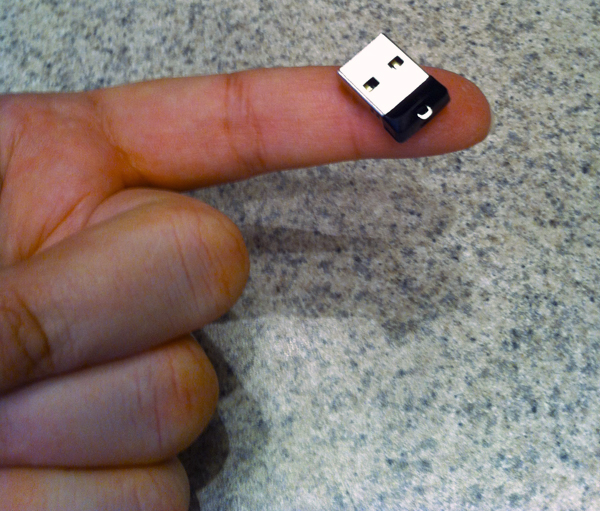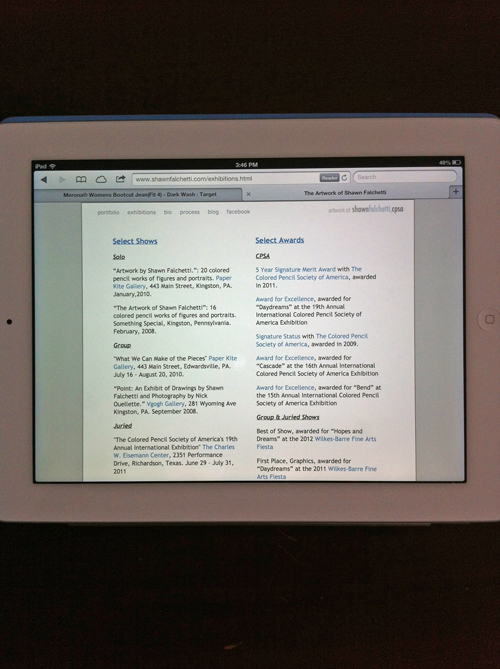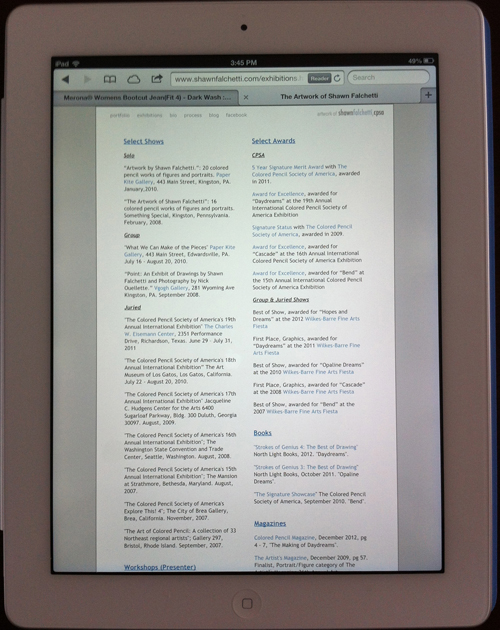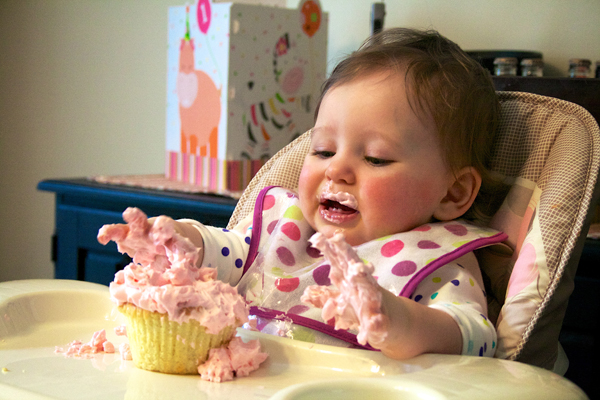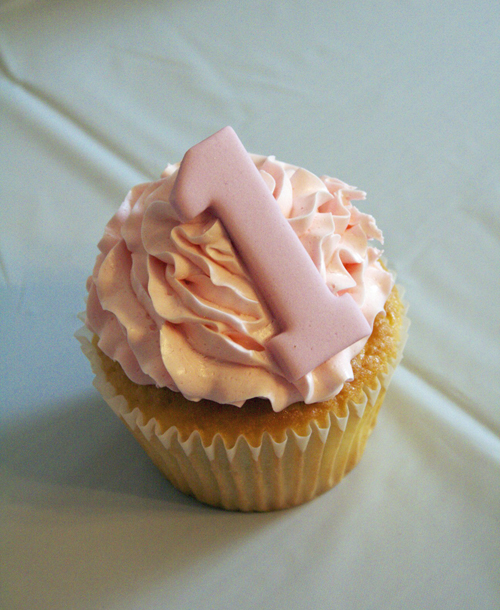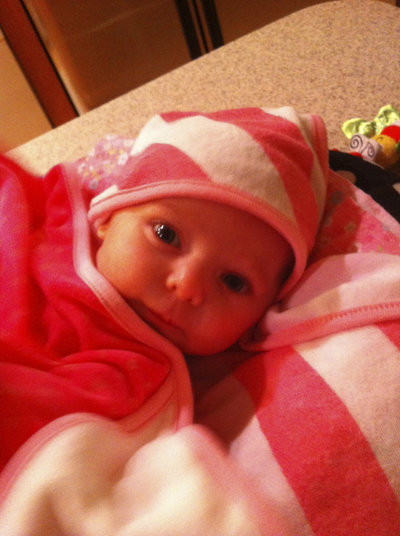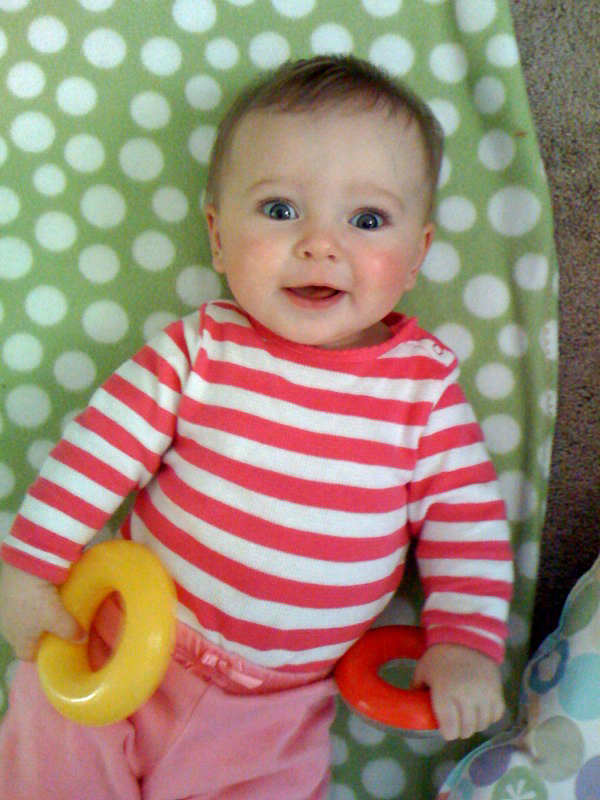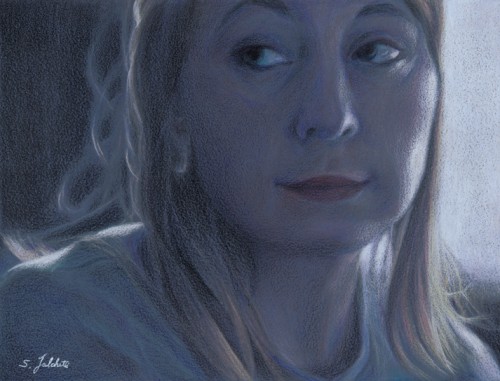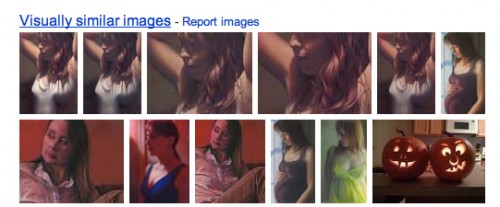If you've attended the CPSA Annual International Exhibition, you've experienced the lull on Saturday after the morning trade show but before the late afternoon artist's reception. It's a good time to group up with friends for lunch at a local eatery. A few years ago I was wandering past the convention's conference room on the way to my hotel room when I heard some familiar voices. Peering inside the entrance, I saw a round table of listeners with Elizabeth Patterson speaking. She was telling the story of her career, with all of the twists and turns that led her to where she was today. It was fascinating, a mixture of hard work and sometimes being in the right place at the right time. Lately I've been working on a non-art related bucket list project: writing. If you've read my blog, this shouldn't come as too much of a surprise, because I do love to write. But, it's been overwhelming trying to determine where to start, so I thought I'd look at how things progressed with my art career.
There's a popular meme which compares plan versus reality. It shows the plan as a straight line connecting two dots. Reality is a spaghetti-like connection. That seems accurate:
- 1999: I live in a small apartment, and search for something less messy than oil paints. I discover Ann Kullberg's Colored Pencil Portraits Step by Step
, and I'm awed at what colored pencils can produce. I buy a 120 pencil set of Prismacolors and a few sheets of Stonehenge paper.
- 2000 - 2003: I complete a few portraits for friends using Ann Kullberg's techniques.
- 2004: A local book shop hosts the Pennsylvania CPSA chapter DC115's member show. I happen to be at the book shop perusing art books, and meet MaryBeth Lesko, DC115 president. I join CPSA. When they have their first member show, I am nervous about dropping my artwork off for the show because I'm worried it isn't good enough to display. I take a workshop led by Jeffrey Smart Baisden.
- 2005, 2006: I submit pieces to the Annual International Exhibition, but they aren't accepted. I peruse the online art forum, Wet Canvas, and discover some members are on a pencil drawing website called ScribbleTalk. I join it. As I produce more work, I begin posting it for feedback on ScribbleTalk. It also opens my eyes to many different types of supports and approaches. I discover textured paper (Colourfix) after seeing Nicole Caulfield's work on Scribbletalk (thanks, Nicole!).
- 2006: My first work on textured paper, Blue Nude, is accepted into CPSA Explore This! 4. During this same year I notice many of the people on ScribbleTalk have Wordpress blogs, so I create a blog and start posting work.
- 2007: My first acceptance to the CPSA Annual International Exhibition. I'm incredibly excited. It's a major goal of mine to get a piece into the annual show. It's my first time meeting many of the ScribbleTalkers in person. I find a local scanner/printer, Lizza Studios, and begin selling prints of my work directly from my website. I notice some of the ScribbleTalkers are using Neocolor II crayons (thanks, Ranjini!), and experiment with them.
- 2008: After a DC115 group show, the gallery owner offers me a solo show. I sell my first original. My second acceptance in the Annual International show. I lead my first workshop as an instructor, and give a talk at my local art league.
- 2009: Signature Status for my third CPSA acceptance. The same piece, Crescendo, is a finalist in the Artist's Magazine Annual Competition.
- 2010: Second solo show, at Paper Kite Gallery. In a conversation with CPSA DC115 member, Susan Obaza, she asks why I don't submit to the Strokes of Genius books. I start submitting the following year. I create a Facebook page for my art.
- 2011: 5 year merit award with CPSA. Opaline Dreams appears in Strokes of Genius 3. Somewhere near this time CPSA excludes Neocolors from the annual show, and I need to adjust my approach to work without them.
- 2012: What a year! First, my daughter, Emma, is born. Daydreams appears in Strokes of Genius 4, and the Artist's Network posts it on their website for the book blurb. Colored Pencil Magazine asks me to do an article on the making of Daydreams. While perusing Dick Blick's website I discover Canson launched a new textured paper, Mi-Teintes Touch. I write a blog post reviewing it and, much to my surprise, Canson emails me a few days later and tells me they read my blog post. They hire me to do a freelance project creating artwork for a flyer advertising colored pencil on Mi-Teintes Touch. The Artist's Magazine contacts me and asks if I'd like to be featured in an article about colored pencil artists. Personally I think this was a series of fortunate events building off each other, exposure creating further exposure. I should note my entry into the 2012 CPSA Annual show was not accepted, although it would be accepted the next year in 2013 (different jurors each year - that's how the show works).
- 2013: In terms of drawing frequency, I slow down quite a bit after Emma's birth in 2012. The Artist's Magazine article is published in May 2013, and Hopes and Dreams is accepted in the CPSA show. Drawing Magazine contacts me and asks me to contribute to an article on colored pencil, using Cascade.
- 2014: I create an Adobe Behance portfolio. I suspect this is how PencilKings found me. They hire me to create instructional videos for colored pencil. Colored Pencil Magazine contacts me for an article, and uses Adrift for the cover. North Light Books uses Adrift for the back cover of Art Journey: Portraits and Figures. Adrift is a finalist in the Artist's Magazine Annual competition, and the Artist's magazine asks me to be a spotlight artist in 2015.
- 2015: I notice that some of the places I've worked with (Colored Pencil Magazine, PencilKings) are helping me with promotion by reposting some of my Facebook updates for new works. Ann Kullberg's magazine includes one of my works in their Showcase section.
- 2016: I post my drawing of my daughter, Emma, 3, on my Facebook page and it is reposted by Colored Pencil Magazine. Many of their followers repost it as well, and it goes viral. In the course of a few days my Facebook page doubles fans from 250 to 500+.
That's it! Seventeen years of scribbling. A few observations from all of this:
- Where my base came from: Other artists. Early on it was people I met on ScribbleTalk, and then in person at the annual shows, plus connections through the CPSA district chapter. At my first national show, MaryBeth Lesko walked me around and introduced me to everyone (plus, I had a list of people I wanted to meet).
- Things that I thought might have a big impact, but didn't: Magazine articles
- Things that didn't work: In general, anything that involved trying to sell work to strangers over the Internet. Every print or original I've sold has been to someone I met in person, and the person has seen the original hanging on a wall.
- Things that did work: Getting to know other artists and becoming part of a community. Getting involved in the local art scene via the art league, local art contests, and local gallery venues.
I don't have gallery representation, and I haven't pursued it, so I can't write about that experience. Elizabeth Patterson's story, though, has lots of detail about her gallery experience. If you bump into her, ask her about it.
Hope this helps, or at least is interesting. I'm trying to sort it out to see how it can help me get going with my writing.
Lastly, if you'd like to follow my fiction writing, give a Like at my Facebook page for it. I regularly post updates about my writing journey there.

 , and I'm awed at what colored pencils can produce. I buy a 120 pencil set of Prismacolors and a few sheets of Stonehenge paper.
, and I'm awed at what colored pencils can produce. I buy a 120 pencil set of Prismacolors and a few sheets of Stonehenge paper.



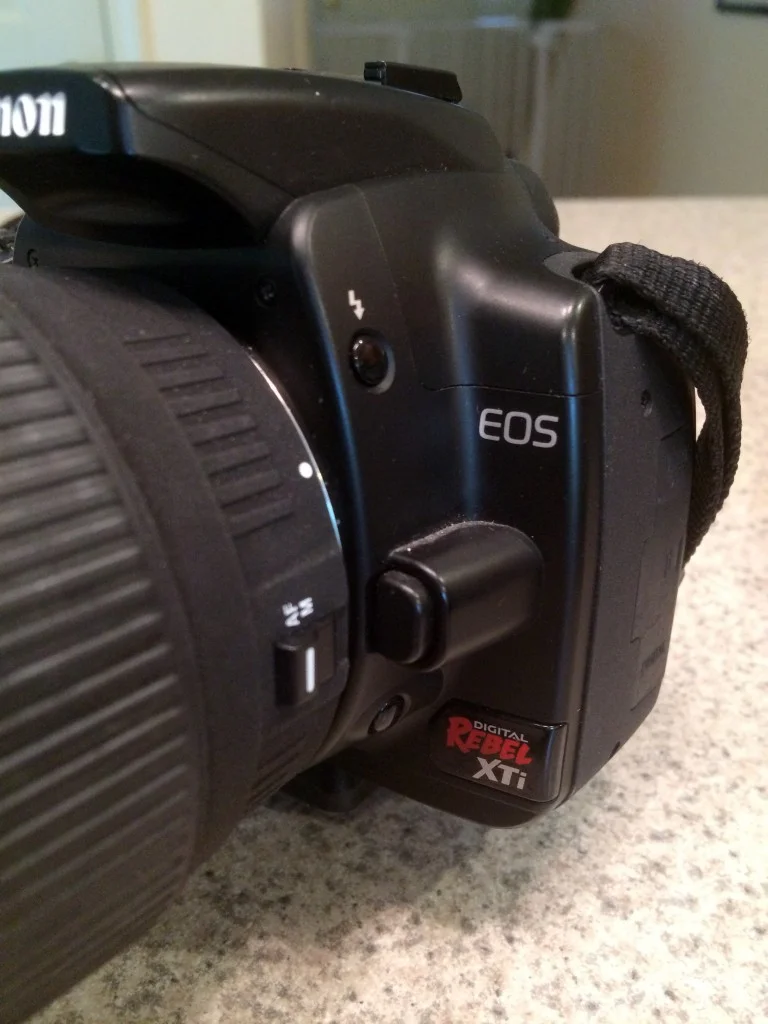



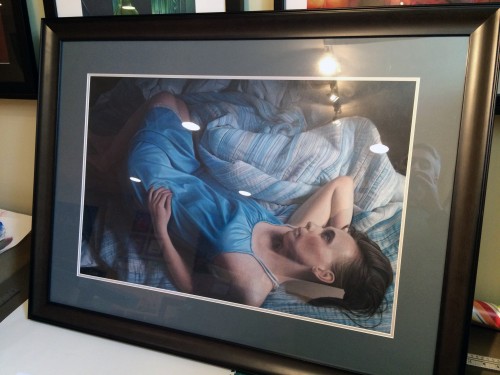
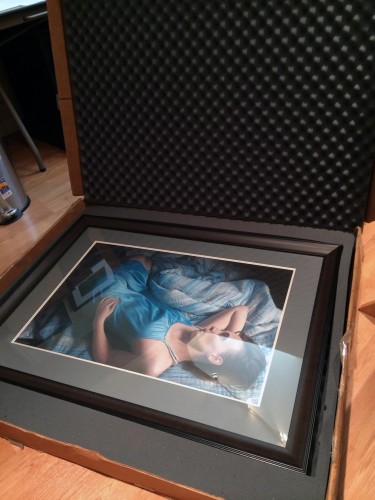 Years ago I bought an Airfloat Systems Strongbox for shipping my work, and looking at how ragged it's become, you can tell I got my money's work. I was a bit nervous that my max size piece wouldn't fit in my Airfloat strongbox, but it just made it with 1" to spare:
Years ago I bought an Airfloat Systems Strongbox for shipping my work, and looking at how ragged it's become, you can tell I got my money's work. I was a bit nervous that my max size piece wouldn't fit in my Airfloat strongbox, but it just made it with 1" to spare: 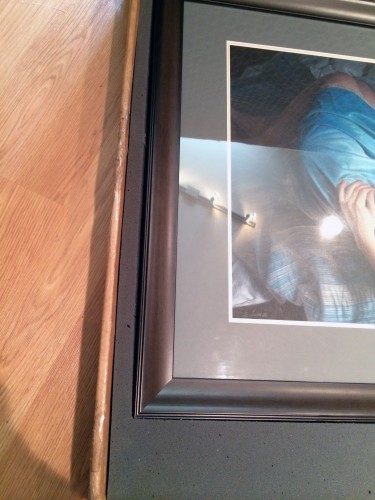 Now I just need to print up my FedEx labels and drop it off at the pickup point down the street, then it's off to the show!
Now I just need to print up my FedEx labels and drop it off at the pickup point down the street, then it's off to the show!





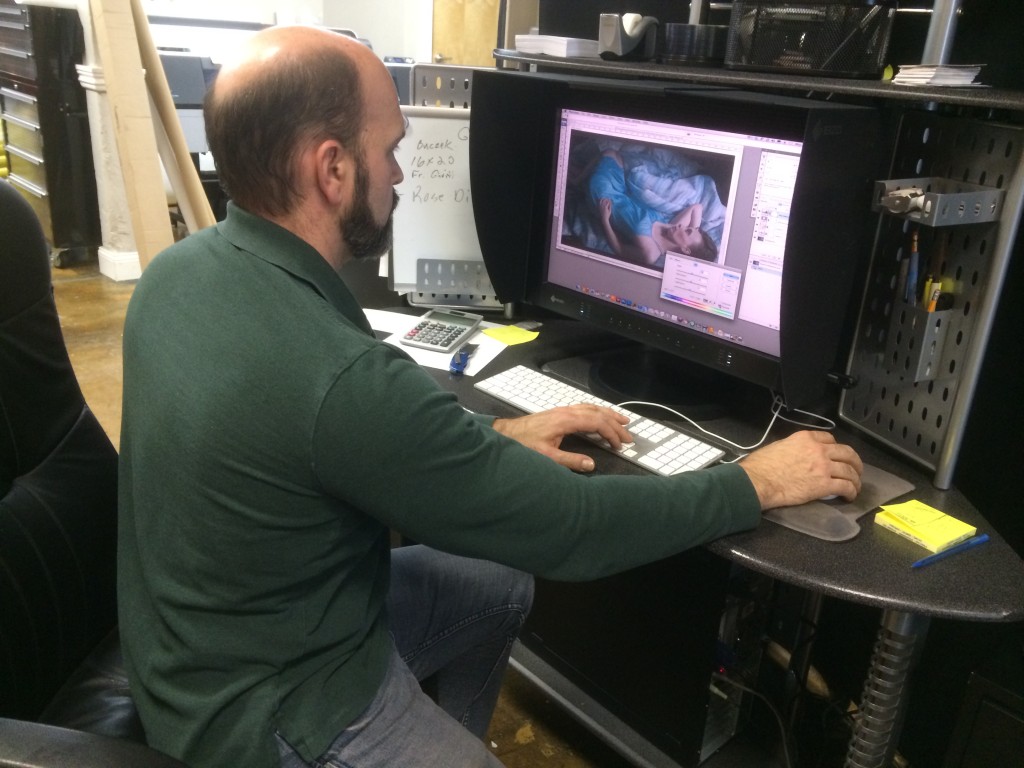
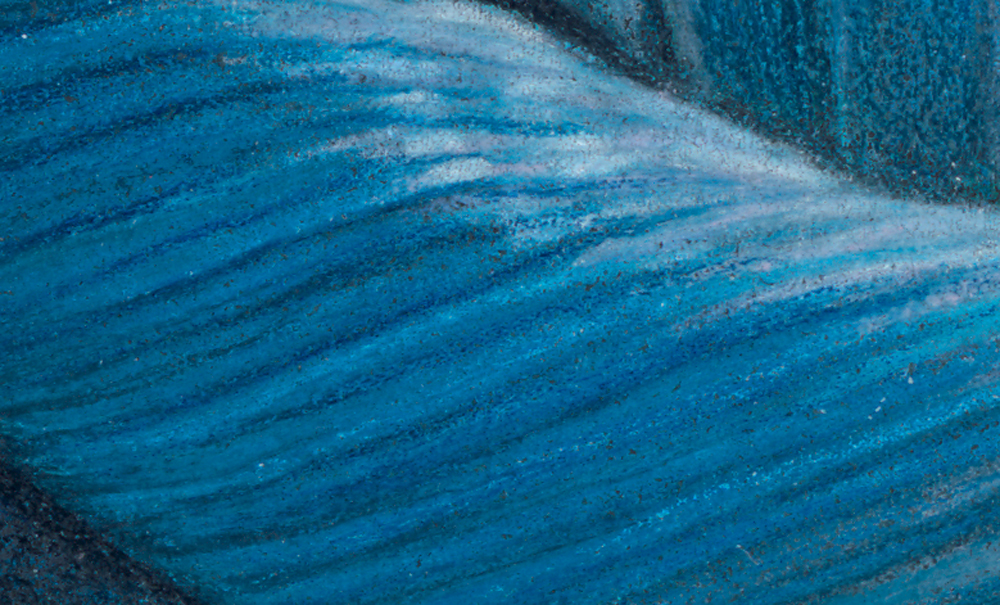
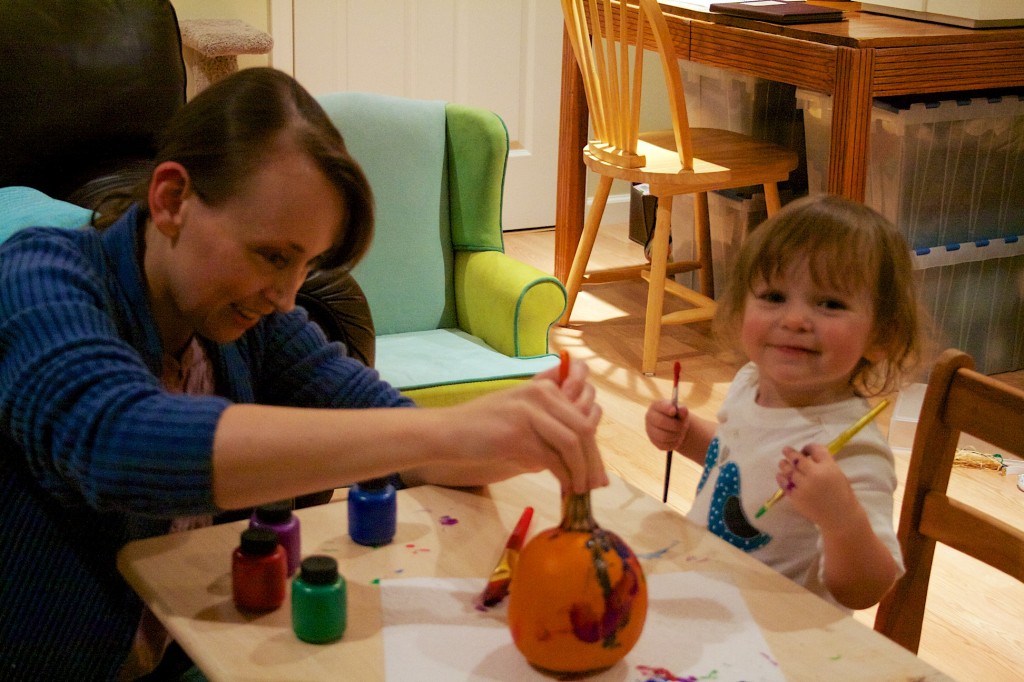
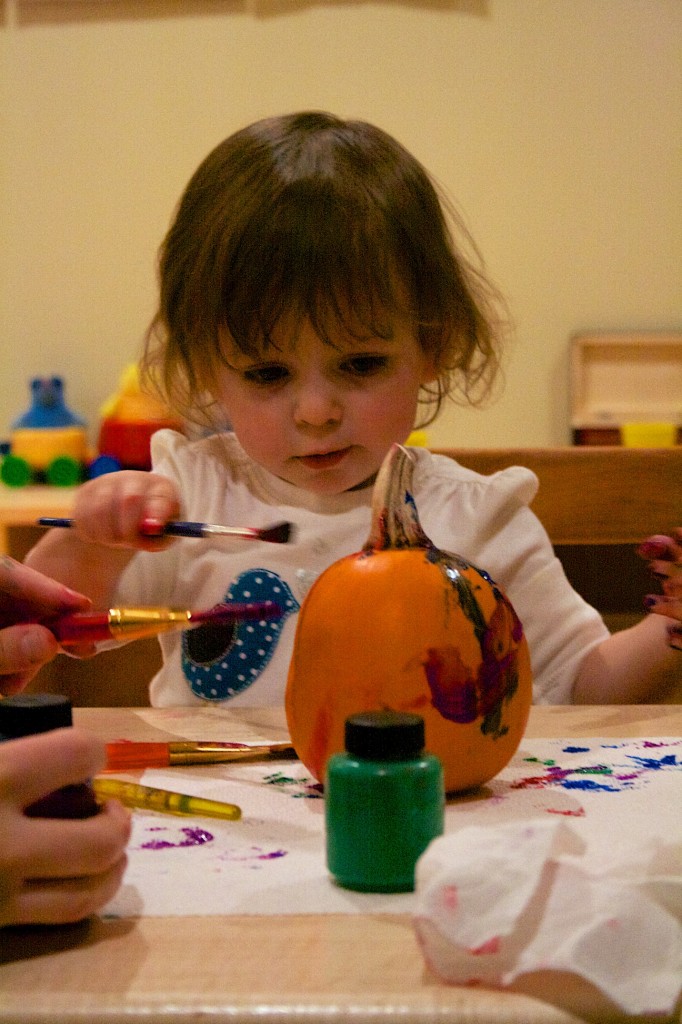
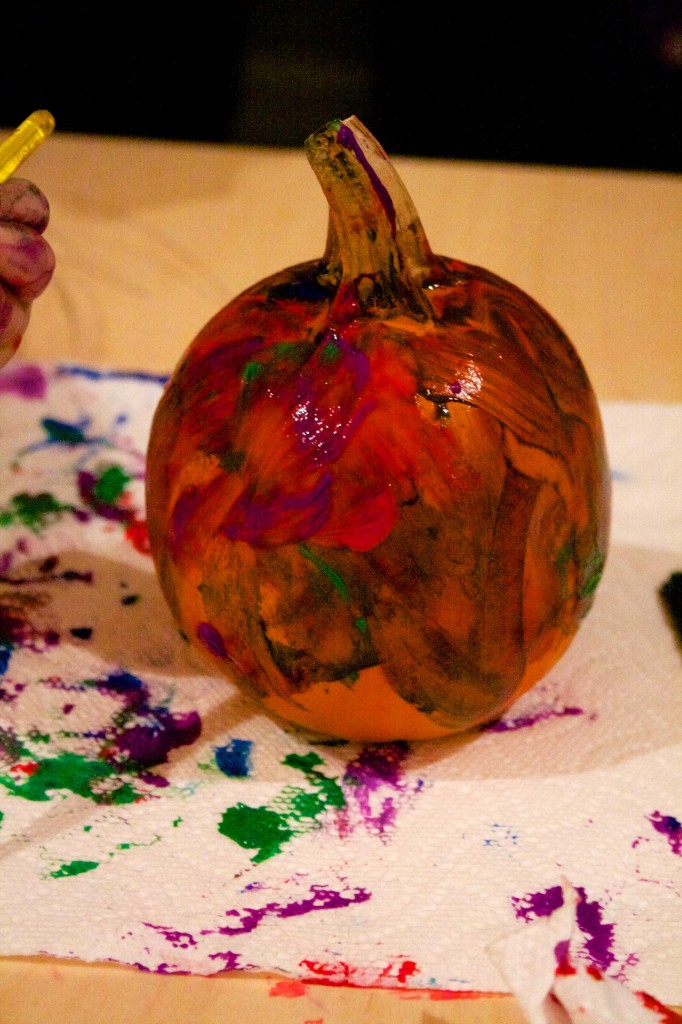



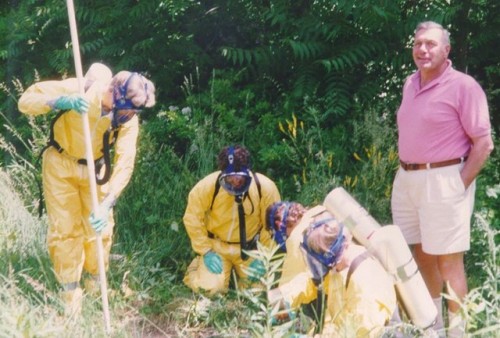




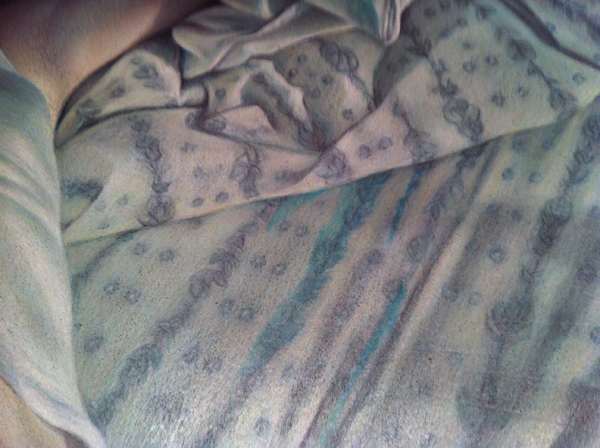
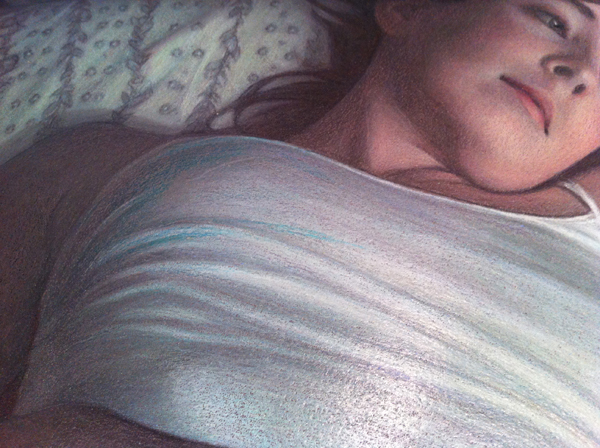
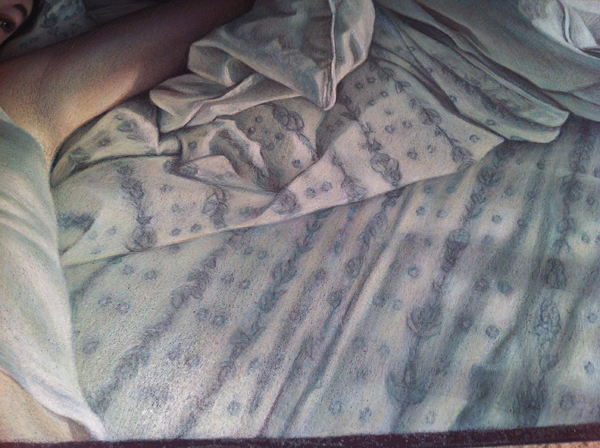
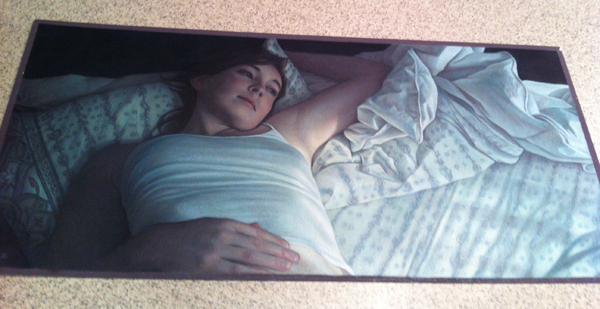
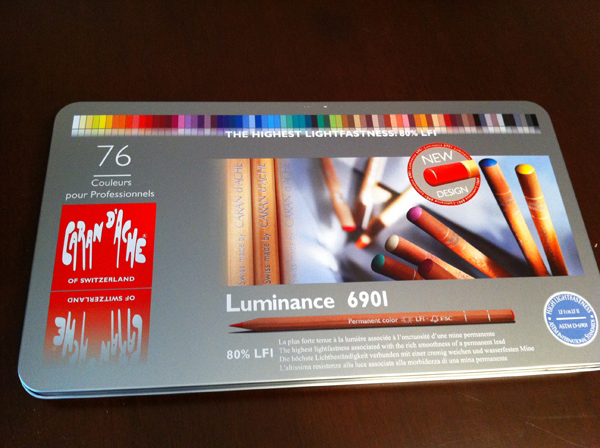
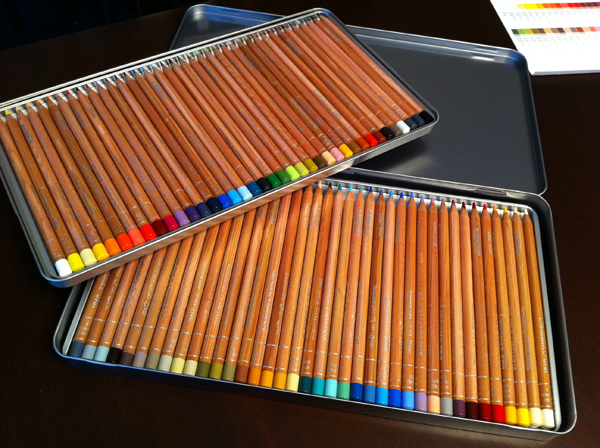 The Luminance pencils really are exquisite. I've been purchasing the flesh tone colors open stock and using them in my pieces for a while now. The pencils have a nice natural wood casing with silver text printed on them, and this set had a little sticker on it calling out the improvement of the colored ends so you can tell what color a pencil is at a glance. Another nice touch: although both pencil trays are plastic, the upper one sits in a removable metal tin so you can lift it out without the pencils spilling everywhere. What's interesting about the 76 color set is that it's really ideal for drawing people. It comes with a nice paper insert with all of the colors shown:
The Luminance pencils really are exquisite. I've been purchasing the flesh tone colors open stock and using them in my pieces for a while now. The pencils have a nice natural wood casing with silver text printed on them, and this set had a little sticker on it calling out the improvement of the colored ends so you can tell what color a pencil is at a glance. Another nice touch: although both pencil trays are plastic, the upper one sits in a removable metal tin so you can lift it out without the pencils spilling everywhere. What's interesting about the 76 color set is that it's really ideal for drawing people. It comes with a nice paper insert with all of the colors shown: